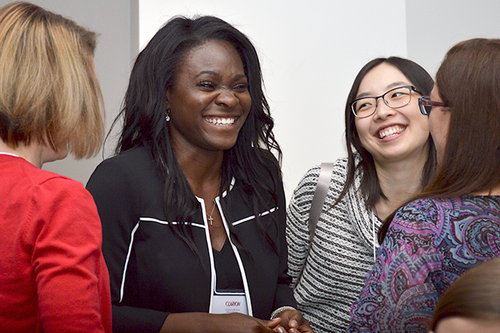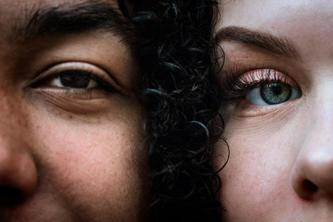
CLARION is a University of Minnesota student organization dedicated to improving health care through interprofessional collaboration.
Since 2002 CLARION has hosted a local case competition, where teams of four health professional students from multiple professional programs are given a case and charged with creating a root-cause analysis. A panel of interprofessional judges then evaluates their analysis in the context of real-world standards of practice. CLARION expanded the competition to the national level in 2005.
“This is an opportunity for them to explore the tenets of interprofessionalism—good communication and collaboration, understanding each others’ roles and responsibilities, and the principles of teamwork,” says Don Uden, a College of Pharmacy professor and CLARION faculty advisor. “They need to be able to communicate and work with other professions. That’s where health care is trending.”
Two years ago Carolina De La Rosa Mateo came to the U of M with her team from the University of Florida and won the national competition. Her group evaluated a hypothetical case involving healthcare issues among Native Americans.
“It was a good way to learn about different perspectives and how different disciplines view the health system,” she says. “I think it can be really eye opening to see where other people are coming from.”
That experience changed De La Rose Mateo’s life. She moved Minnesota to become a student at the School of Public Health, and made it a point to serve on the CLARION board to help ensure that other students have the same opportunity as her.
Angeline Chang, a U of M nursing student from Hawaii, notes that there can be different silos and stereotypes across the health professions, and initiatives like the CLARION case competition help overcome that.
“We’re all trying to work toward something,” says Chang. “We see it from different angles, but we’re all trying to serve a patient. We’re really trying to make health care the best that it can be.”
- Categories:
- Health





